Smartphone addiction is no joke. 54% of American teens believe they spend too much time on their phones. Millions of adults are also addicted to their phones and cannot stop themselves from using theirs.
Anyone can fall victim to smartphone addiction or nomophobia (a psychological condition when people have a fear of being detached from mobile phone connectivity). But every person can make a recovery. If you’re worried about your cell phone use, please take our Smartphone Addiction Quiz and educate yourself on the causes, symptoms, and steps people can take to get treatment.
This online screening is not a diagnostic tool. Only a trained medical professional, like a doctor or behavioral health professional, can help you determine the best treatment for you.
Smartphone addiction occurs when someone has an unhealthy and unwarranted desire to use their smartphone. It is okay for someone to use their phone for hours to make phone calls for work. Their use crosses the line into addiction when it interferes with their life and relationships.
Smartphone addiction can include other impulse control problems. Someone addicted to smartphones may also be addicted to virtual relationships. They may use dating apps or social media platforms for hours every day instead of meeting people in person.
In order to understand smartphone addiction, you have to understand addiction in general. A person’s brain has a reward system that releases pleasurable chemicals when the person performs certain activities. The purpose of the system is to encourage the person to do the same activities in the future.
Eating a delicious meal and falling in love are two activities that trigger the reward system. But other, less healthy activities can trigger the system as well. Drugs like heroin can set the system off and create extremely high doses of chemicals. This encourages an individual to use drugs again.
As time goes on, drugs can modify how the brain creates chemicals. The brain may only activate its reward system once drugs are in the body. The brain may create small doses of chemicals, requiring a person to use more drugs in order to feel happy.
The standard addiction pathway is one way that smartphone addiction can start. Someone may get substantial doses of pleasurable chemicals from picking up their phone and using it. But smartphones also have unique characteristics that can lead to addiction.
Social interaction in and of itself triggers the release of chemicals. People want to meet with their friends and hear the sounds of their voices. Just looking at or picking up a smartphone can release chemicals because the brain associates it with social interactions.
Smartphone and social media programmers also design their devices and websites to encourage frequent use. They withhold information about likes and comments until a person turns on their phone and sees what they are.
Smartphone addiction can trigger numerous physical symptoms. A person does not have to have all of these symptoms in order to have an addiction. But having several of them in addition to psychological symptoms can indicate a problem.
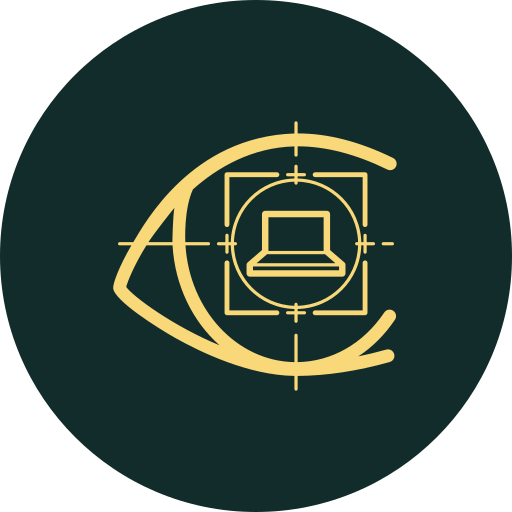
Computer vision syndrome (CVS) can occur due to smartphone and computer use. Smartphones create very bright lights that are hard to tolerate for long periods of time. A person’s eyes have to adjust and shift in order to track the lights and elements on the screen, pulling on the muscles in their eyes. If a person does not rest their eyes, excessive smartphone use can eventually cause several problems. Someone’s eyes may become itchy or irritated, even after looking away. The muscles behind their eyes may ache, throb, or feel like they are burning. An individual’s vision may become blurred or imprecise. Their eyes may become very dry, forcing them to blink a lot or produce tears at random moments. CVS may not cause a loss of vision. But it can make looking at things very difficult.
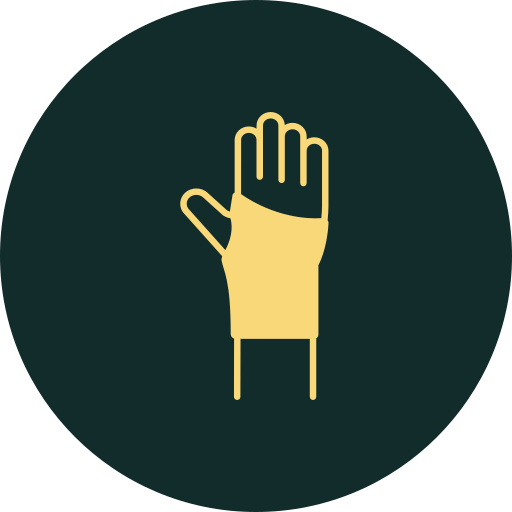
The carpal tunnel is a passageway that runs down the forearm into the hand. It houses nerves that allow the fingers to move and feel sensations. If pressure is applied against the tunnel over many months, the tunnel can start to close and pinch the nerves in the hands. Many people press their tunnels without knowing it by scrunching their hands up to use their smartphones. This leads to carpal tunnel syndrome (CTS). CTS causes pain and tingling in the hands. The hands can feel like they are burning or being pricked with pins. Someone can start to lose feeling in their hands. This can make it hard to hold objects, including one’s smartphone. Over time, someone may be unable to tell the difference between hot and cold objects, and they may cut themselves without realizing it.
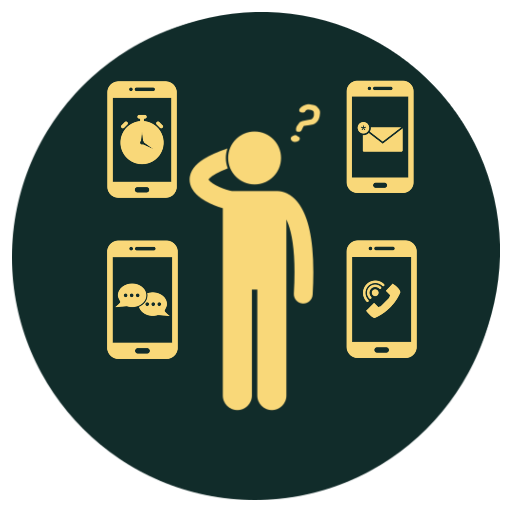
Auditory and tactile illusions are not as common as CVS or CTS. However, they can be disorientating and troubling, and they are common amongst people who develop smartphone addiction. Someone may hear their phone ring, even though it is not actually ringing. If they usually have their phone on vibration mode, they may feel their phone vibrating in their pocket when it isn’t vibrating. Illusions can occur at any moment, even when someone knows their phone isn’t on them. It is okay for someone to mistake someone else’s phone ringing as being their phone ringing. These illusions become a problem when they occur for no good reason and interrupt someone’s life. They indicate that someone is using their phone too often.
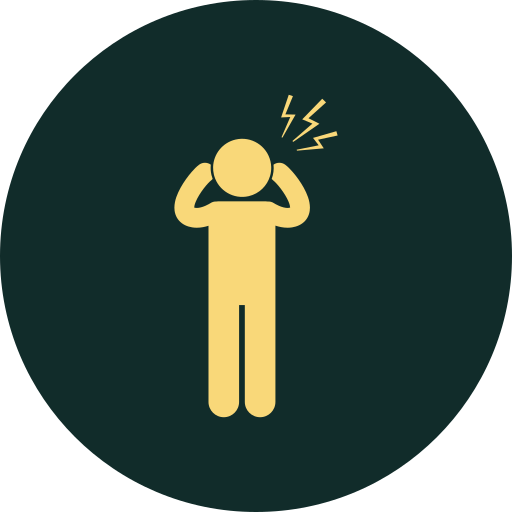
Headaches can occur as a part of CVS. Someone’s eye pain may radiate into their head and cause a headache. Headaches can also occur separately from CVS. Someone may strain their neck to look at their phone, which can induce headaches over time. Pain can radiate up from the neck and into the head. People with well-developed smartphone addictions can develop headaches if they stop using their phones. The headaches can feel like anything, and they can occur at any moment. They will go away after a few days or if a person relapses and starts using their phone again.
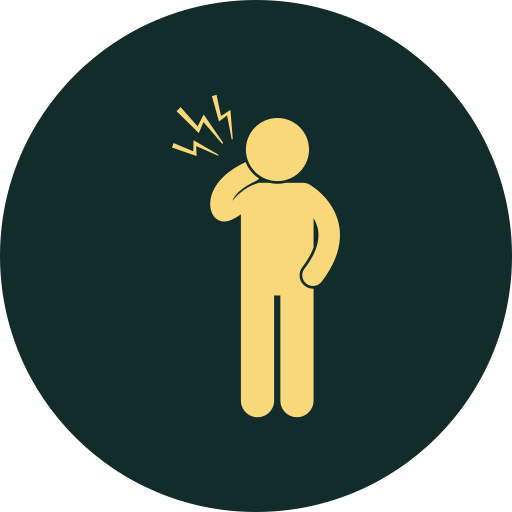
Neck pain can also occur as a result of smartphone use. Many people bend their necks and look down at the phones in their hands. The weight of their head and the awkward contortion of their neck pull on muscles and soft tissues, eventually causing pain. The pain can get worse if they turn their head or lie down. The pain often feels like tearing because they have torn and strained their soft tissues. If muscle strains and torn tissues are not corrected, a person can develop paralysis in their neck. The muscles may freeze up, preventing someone from moving their head or shoulders.
Smartphone addiction can affect the mind as much as it can affect the body. Psychological symptoms can appear separately from physical symptoms, or they can appear alongside them.
The signs of smartphone addiction do overlap with other psychological conditions, including other forms of addiction. In order to get a diagnosis of smartphone addiction, someone must go to a psychiatrist for a formal evaluation.
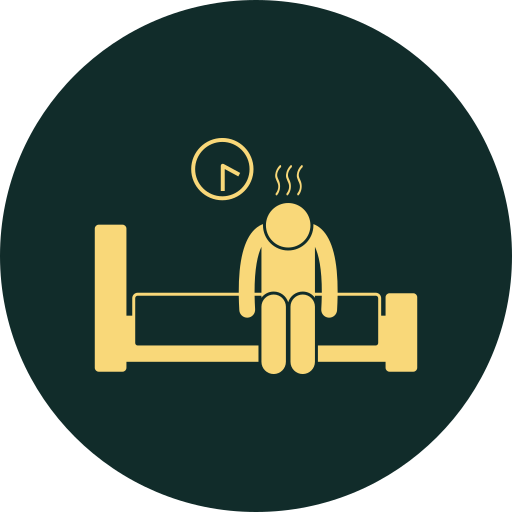
Smartphones can cause sleep problems in a few ways. The bright light from a smartphone screen is similar to sunlight. A person’s brain may think the sun is out if it perceives a smartphone light, causing a person to stay up late. Smartphone use can distract a person, preventing them from sleeping. Someone may wake up early in order to use their phone. A person may get eight hours of sleep, but their sleep quality may not be high. A 2021 study found that people who use smartphones experience less refreshing sleep than those who don’t. Using apps like Night Shift does not increase the quality of life. Some people have preexisting sleep problems like insomnia. When they wake up, they decide to stay up and use their smartphone. This only makes their sleep problems worse, as they cannot go back to sleep, or they develop a smartphone addiction. An individual can develop a few kinds of sleep problems. They may not be able to fall asleep, or they may not be able to stay asleep. A person may fall asleep in the middle of the day or shift to a nocturnal life, working at night and sleeping during the day. Sleep problems over time can cause significant health effects. A 2021 meta-analysis of 97 studies found that sleep deprivation is an independent risk factor for insulin resistance and type 2 diabetes. Someone may begin to hallucinate or become disoriented while driving or doing work.
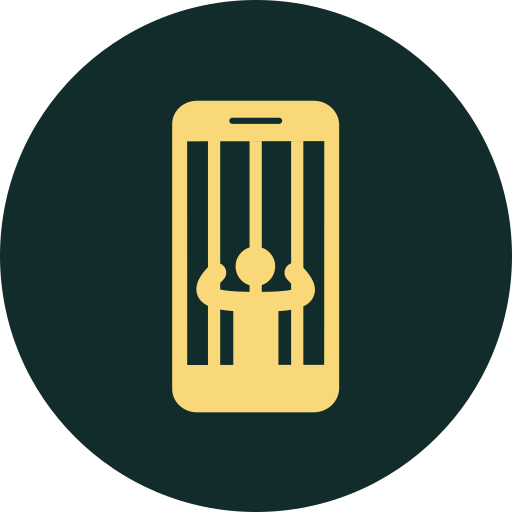
Most people are aware that their excessive smartphone use is causing problems. However, they are unable to stop using their phones. They may give reasons why they cannot stop using their phones. They may say they need their phones for work or to contact distant relatives, which may be true. But they will use their phones for other reasons for hours on end. The inability to stop using a harmful substance is a classic sign of addiction. Someone who cannot stop using their phone likely has an addiction and needs help.
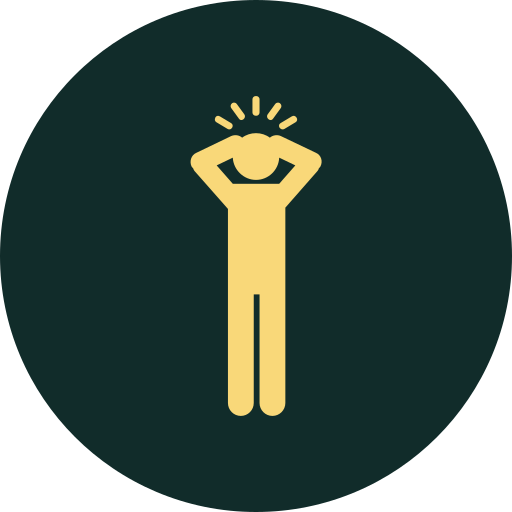
Using a smartphone may not be relaxing. Someone may get stressed over something they read on social media or because someone else won’t respond to a message they sent. A person may feel stressed if they are cut off from their smartphone. Stress can have physical and mental signs. Someone may complain about unusual pains, including digestive ailments. A person may say that they feel on edge or irritated and that their feelings resolve when they use their phone again.
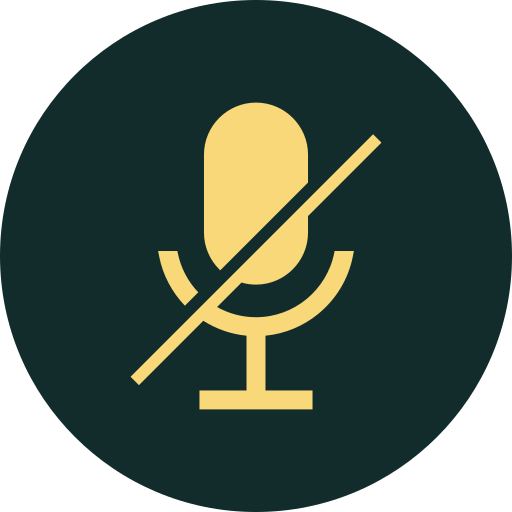
As smartphone addiction continues, someone’s communication skills may atrophy. They may find it hard to have a long conversation because they are distracted by their phone or have memory issues. A 2018 paper found that simply having a smartphone next to someone can impede their working memory by 10%. While writing text messages and social media posts, many people use short sentences without proper grammar or spelling. These qualities may carry over into their work writing, hurting their job performance.

Someone’s interest may shift as they use their phone more. They may stop interacting with their family and friends in person. They may stop doing their old hobbies, including exercise and sports. If an addiction continues without treatment, someone may neglect their personal responsibilities. They may stop going to work so they can use their phone instead. They may skip family events, or they may leave events early so they can be on their phone. A person may develop a lot of internet and smartphone-based activities. They may become interested in watching YouTube videos, posting on social media, and writing on message boards. A loss of interest can be hard for others to notice. A person may justify their loss of interest by saying that old things don’t interest them anymore. Someone may hide their smartphone so others cannot tell that they are using it.
A phobia is an anxiety disorder that creates a persistent fear of a particular object or situation. A phobia can impede someone’s life, as they go out of their way to avoid being in contact with the object or situation.
Nomophobia is the fear of not having a working smartphone. Someone may become afraid if their smartphone runs out of battery life or if they cannot find their phone. It is okay for someone to be scared of someone else stealing their phone. Their fear becomes nomophobia if they are unable to function properly due to their fear.
There is a significant overlap between smartphone addiction and nomophobia. Both conditions have similar symptoms and causes. Many organizations say that “nomophobia” is another term for smartphone addiction.
What makes nomophobia distinct from smartphone addiction is anxiety. Someone is not just addicted to smartphones. They become anxious if their phones stop working or if they have to put a phone down.
The symptoms of smartphone addiction are similar to other phobias and anxiety disorders. Nomophobia originates from not having a smartphone, so the symptoms resolve once a person has a phone again.
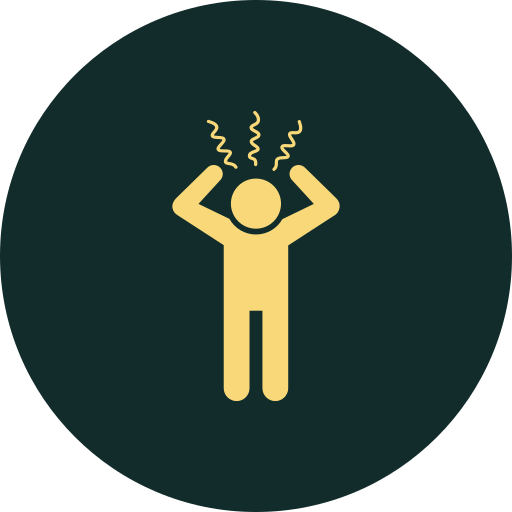
No two people show anxiety in the same way. Some people seem scared or sad, while others seem jumpy or disorientated. A person can also shut down, showing no emotion whatsoever while their mind is racing. Anxiety can have physical and psychological ramifications. Someone’s heart rate may jump, and they may find it harder to breathe. They may not be able to focus until their anxiety has passed them. Some people with pre-existing anxiety issues rely on their smartphones to talk with others. They may be afraid of face-to-face conversations, and smartphones make it easier for them to communicate. But smartphones can also make their anxiety worse if they are cut off from their phones. They may not be able to communicate, even during emergency situations.
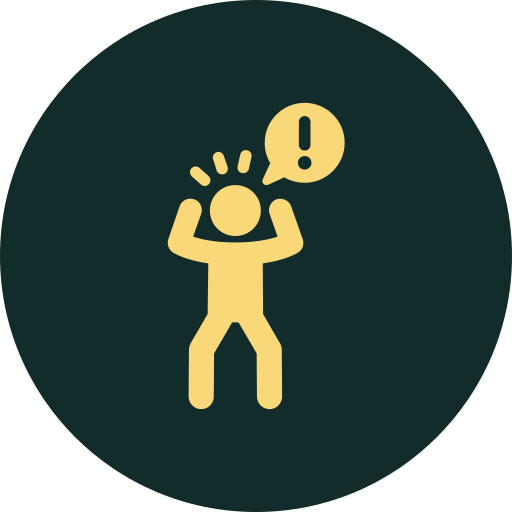
Panic attacks are one of the most extreme smartphone addiction side effects. An attack is a sudden period of extreme fear, which can cause a person to feel like they are losing control of their body. Someone may believe that they are dying or having a heart attack, even if they are healthy. Panic attacks can cause extreme physical symptoms. Someone may begin to tremble, sweat, and hyperventilate. They may become dizzy or nauseous, which can cause them to collapse. An attack can pass within a few minutes, sometimes for no apparent reason. But it can occur at any moment, which can result in an accident or injury. Someone with nomophobia may feel better once they have their smartphone again, but their phone may not provide immediate comfort.
A person should go to their doctor and get a full medical examination if they have symptoms of smartphone addiction. The examination should eliminate any other causes of their symptoms, including other anxiety disorders.
The person should then go to a behavioral health counselor. They should detail their symptoms and start treatments for nomophobia as soon as possible.
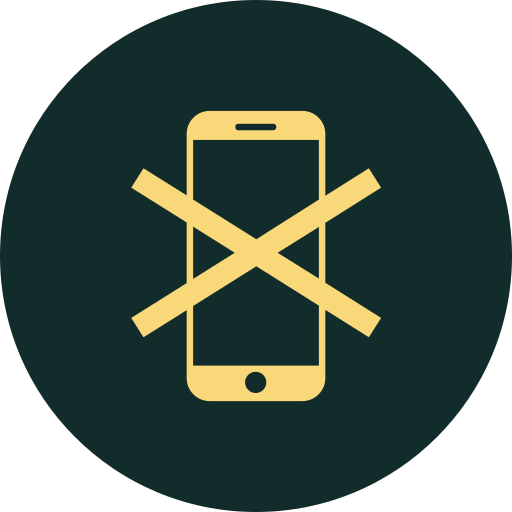
Someone should take steps to reduce their daily smartphone usage. But going cold turkey may not work for everyone because it is too jarring. Over a few weeks, someone should slowly reduce their usage. If a person uses their phone six hours a day, they should limit themselves to five, then four, and so on. If they must use their phone for work or personal reasons, they can do so, but they should turn their phone off after they are done. Someone who needs to make phone calls for work can use a landline instead of a smartphone. They can also buy a flip phone that does not have internet access to make calls. A person can tie a hairband or string around their phone. This lets them receive phone calls, but the string makes it hard to use the phone for anything else.
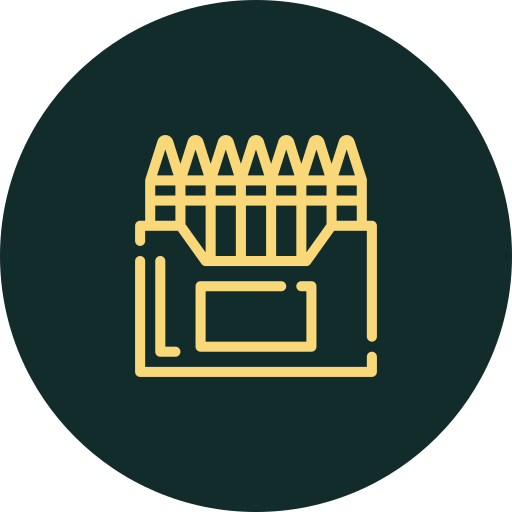
Many people are attracted to smartphones due to their bright colors and graphics. A person can go into their settings and turn the colors off so the screen is black and white. This can make the phone less attractive. Someone with computer vision syndrome should turn the brightness of their phone down. This will produce less strain on their eyes and encourage them to take breaks from looking at their phone.
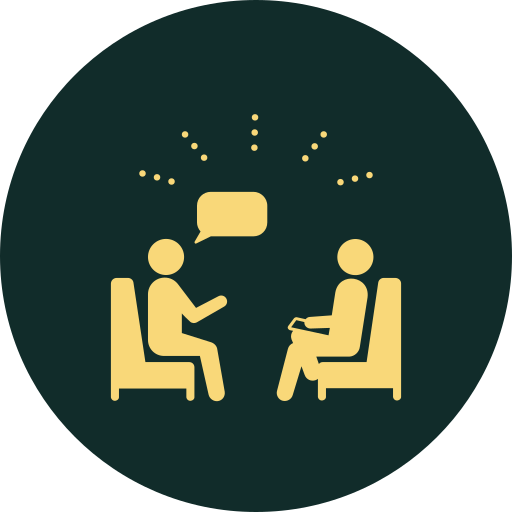
A few kinds of talk therapy are available to people with addiction and phobias. Cognitive behavioral therapy (CBT) is popular amongst people who struggle with addiction. During CBT, a person works with a therapist to identify their negative thought patterns. They may feel that they need their smartphone in order to be popular or to communicate with people successfully. As time goes on, the person works to replace their thought patterns with other ones. They tell themselves that they are popular and that they can communicate well through other means. Dialectical behavioral therapy (DBT) is a variant of CBT that combines talk therapy with mindfulness. A person develops skills with a counselor that help them confront anxiety and stress when they encounter them. If someone is feeling anxious because they don’t have their smartphone, they may stop and take a few deep breaths. They then may brainstorm ways to resolve the situation, like talking to others about what they are feeling.
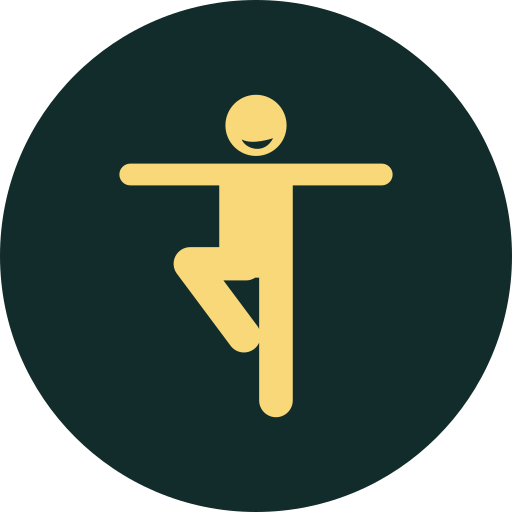
Besides talk therapy, there are other psychiatric services that a person can explore to mitigate their symptoms. Art therapy can help a person express intense emotions, including anxiety and fear. Someone can make art by themselves or alongside other people, which can help them make friends. They can also study works of art by other people with smartphone addiction, which can give them the inspiration to tackle their fear. If someone prefers getting up and moving around, they can try yoga therapy. Performing yoga poses can resolve withdrawal symptoms like headaches and panic attacks. Yoga poses can also build muscle, helping a person recover from headaches and neck strain.
Deanna Crosby is a Licensed Marriage and Family Therapist (LMFT) with over 20 years of experience working with clients in recovery. Her expertise has catapulted her into the spotlight. Featured on several episodes of the Dr. Phil Show as a behavioral health expert, DeAnna is a routine contributor for NBC News, The Huffington Post, Elle Magazine, MSN, Fox News, Yahoo, Glamour, Today, and several other prominent media outlets.
After receiving her bachelor’s degree from the University of California in Irvine, Crosby did postgraduate work at Centaur University where she graduated at the top of her class with a CAADAC certification in Centaur’s chemical dependency program. Following her time at Centaur, Crosby received her Master of Counseling Psychology degree from Pacifica Graduate Institute, where she also attained a Doctoral Degree in Depth Psychology.
Accredited by:
New Method Wellness
We firmly believe that the internet should be available and accessible to anyone, and are committed to providing a website that is accessible to the widest possible audience, regardless of circumstance and ability.
To fulfill this, we aim to adhere as strictly as possible to the World Wide Web Consortium’s (W3C) Web Content Accessibility Guidelines 2.1 (WCAG 2.1) at the AA level. These guidelines explain how to make web content accessible to people with a wide array of disabilities. Complying with those guidelines helps us ensure that the website is accessible to all people: blind people, people with motor impairments, visual impairment, cognitive disabilities, and more.
This website utilizes various technologies that are meant to make it as accessible as possible at all times. We utilize an accessibility interface that allows persons with specific disabilities to adjust the website’s UI (user interface) and design it to their personal needs.
Additionally, the website utilizes an AI-based application that runs in the background and optimizes its accessibility level constantly. This application remediates the website’s HTML, adapts Its functionality and behavior for screen-readers used by the blind users, and for keyboard functions used by individuals with motor impairments.
If you’ve found a malfunction or have ideas for improvement, we’ll be happy to hear from you. You can reach out to the website’s operators by using the following email juanita@newmethodwellness.com
Our website implements the ARIA attributes (Accessible Rich Internet Applications) technique, alongside various different behavioral changes, to ensure blind users visiting with screen-readers are able to read, comprehend, and enjoy the website’s functions. As soon as a user with a screen-reader enters your site, they immediately receive a prompt to enter the Screen-Reader Profile so they can browse and operate your site effectively. Here’s how our website covers some of the most important screen-reader requirements, alongside console screenshots of code examples:
Screen-reader optimization: we run a background process that learns the website’s components from top to bottom, to ensure ongoing compliance even when updating the website. In this process, we provide screen-readers with meaningful data using the ARIA set of attributes. For example, we provide accurate form labels; descriptions for actionable icons (social media icons, search icons, cart icons, etc.); validation guidance for form inputs; element roles such as buttons, menus, modal dialogues (popups), and others. Additionally, the background process scans all of the website’s images and provides an accurate and meaningful image-object-recognition-based description as an ALT (alternate text) tag for images that are not described. It will also extract texts that are embedded within the image, using an OCR (optical character recognition) technology. To turn on screen-reader adjustments at any time, users need only to press the Alt+1 keyboard combination. Screen-reader users also get automatic announcements to turn the Screen-reader mode on as soon as they enter the website.
These adjustments are compatible with all popular screen readers, including JAWS and NVDA.
Keyboard navigation optimization: The background process also adjusts the website’s HTML, and adds various behaviors using JavaScript code to make the website operable by the keyboard. This includes the ability to navigate the website using the Tab and Shift+Tab keys, operate dropdowns with the arrow keys, close them with Esc, trigger buttons and links using the Enter key, navigate between radio and checkbox elements using the arrow keys, and fill them in with the Spacebar or Enter key.Additionally, keyboard users will find quick-navigation and content-skip menus, available at any time by clicking Alt+1, or as the first elements of the site while navigating with the keyboard. The background process also handles triggered popups by moving the keyboard focus towards them as soon as they appear, and not allow the focus drift outside of it.
Users can also use shortcuts such as “M” (menus), “H” (headings), “F” (forms), “B” (buttons), and “G” (graphics) to jump to specific elements.
We aim to support the widest array of browsers and assistive technologies as possible, so our users can choose the best fitting tools for them, with as few limitations as possible. Therefore, we have worked very hard to be able to support all major systems that comprise over 95% of the user market share including Google Chrome, Mozilla Firefox, Apple Safari, Opera and Microsoft Edge, JAWS and NVDA (screen readers), both for Windows and for MAC users.
Despite our very best efforts to allow anybody to adjust the website to their needs, there may still be pages or sections that are not fully accessible, are in the process of becoming accessible, or are lacking an adequate technological solution to make them accessible. Still, we are continually improving our accessibility, adding, updating and improving its options and features, and developing and adopting new technologies. All this is meant to reach the optimal level of accessibility, following technological advancements. For any assistance, please reach out to juanita@newmethodwellness.com